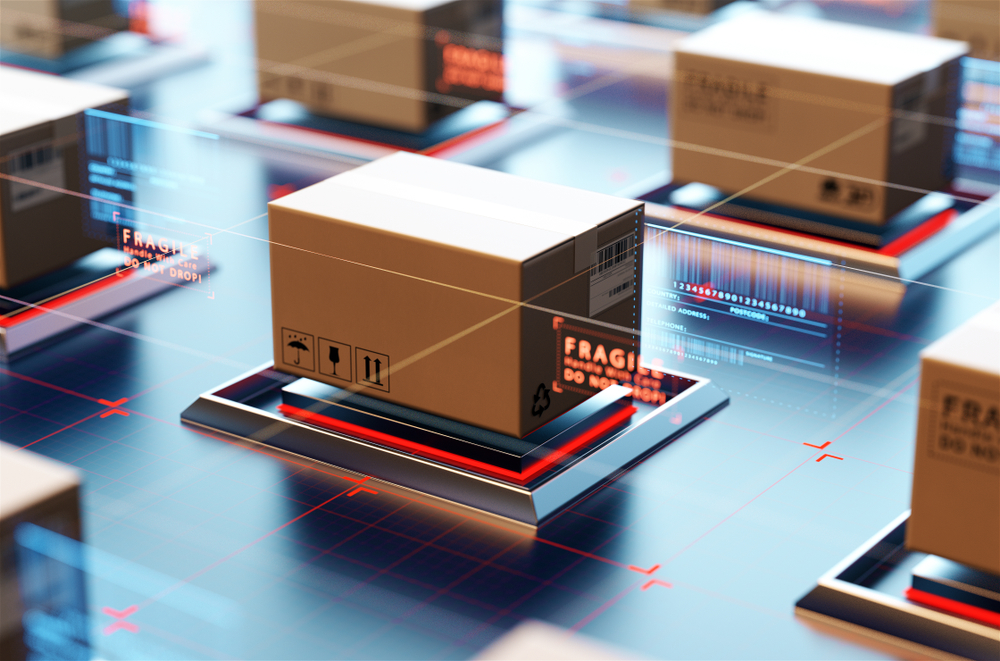5 Considerations When Considering a Warehouse Management System
The “technology chase” maybe one of the biggest, most consistent disruptors for businesses of all types. While in the past systems often remained relevant for decades, now the standard may be down to several months before a new update forces retraining and new implementations.
Warehouse management systems (WMS) are no exception. Whether or not your system is relatively up-to-date, or whether or not you take advantage of all the features and benefits of a system, one thing is true. There are new implementation challenges in your future.
Considerations When Implementing a Warehouse Management System
The biggest warehouse management implementation challenge is making the move from a more traditional, legacy system, to a newer, often cloud-based or at least cloud-assisted system. To help you get started, we’ve listed below some of the logistics you’ll need to consider.
Start From the Top
While the C-Suite is often not as literate with newer systems as the IT department, it is important to align IT staff and vendors, related managers, and executives, to get consistent buy-in and avoid backtracking later on to get someone on board.
Have a Data Migration Plan
To get your new system off to a productive start, it needs to “know” everything your old system knows. You’ll be looking for and finding data you didn’t know existed, potentially from across many departments, locations and servers. Be ready.
Test the New System
This may be one of the most neglected steps in implementing a new warehousing system, but also one of the most productive. The more “real world” exposure the new system has to your particular environment before full implementation, the fewer issues you will have later on, and the better you will be able to anticipate issues.
Train Employees
This is another area that doesn’t get the attention it deserves. The assumption is that everyone will generally understand the new system and that they will readily accept and adopt it. That will all happen more easily and thoroughly with proper employee training.
Plan for the Transition
Turning on the new system and turning off the old system carries more than its share of risks. From system bugs to human error, it will pay to have IT resources devoted specifically to solving issues and keeping things running. It wouldn’t be out of the question to run the legacy system in parallel until the new system is fully functioning and accepted.
There is one way to take advantage of the latest WMS systems and technologies without any implementation headaches. Call us here at PiVAL International, and tell us your WMS pain points. We can make them go away so you can focus on doing what you do best.
If you enjoyed this post, check out our article “Have You Heard the One About Multimodal Transportation?”.
Stay Up-To-Date
There's always something new from PiVAL



Comments are closed.